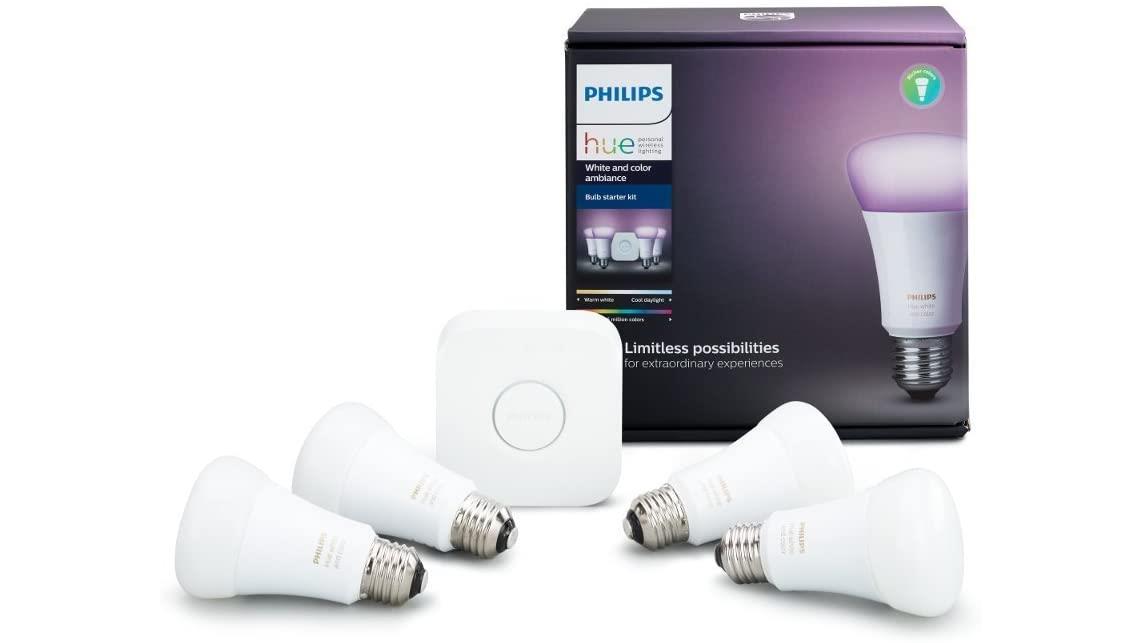
The notion of a smart home is one that has been gradually catching on and gaining momentum. Using home automation, you can create an environment in your home that is more comfortable, more aesthetic, and even more energy-efficient. Nowhere does this make more sense than in a “smart office.”
In business, making small changes to processes and routines can potentially shave a huge amount of wasted time off your days and weeks.
Plus, you get to feel like Tony Stark!
Now more of us are working from home, creating a smart office that automatically adapts to our needs can help us to complete more work more quickly, and be left with more time at the end of the day to spend with our families. Plus, you get to feel like Tony Stark!
Read on then, and we’ll explore how to create the perfect “smart office.”
Smart office gadgets and features
Smart display: Echo Show
Smart displays include the likes of the Echo Show or a Google Home. These give you access to a virtual assistant with the added benefit of a display. Not only will this allow you to control many of the other elements of your smart office with just your voice, but you can also look up facts, perform quick sums, broadcast to other parts of your home (“I need coffee!”), set timers (great for pomodoro), and more.
Also read: 10 Best Google apps to maximize your experience!
Which smart display you go for will ultimately come down to personal preference and the appliances you already have in place. I’m partial to a little bit of Alexa myself.
The link below bundles in an Echo Flex, so you can voice-control your smart office setup from other parts of the house, too.
Smart lighting: Philips Hue White and Color Ambiance
The right lighting is crucial not only for ensuring you can see what you’re doing, but also for setting the right mood and ambience conducive to productivity. Color psychology shows us colors can alter our mood and mental state, so using colored lighting might just be an effective strategy for creating a highly productive environment.
Using these Hue lightbulbs combined with an Alexa Show or Google Home, you’ll be able to create profiles for your room. With a single tap or command, you can define an entire lighting set up. You can use calming colors when you want to be creative and relaxed, or brighter colors when you want to be more switched on and focussed.
Smart plug: Wemo Mini Smart Plug
A Wemo smart plug will let you add “dumb” features to your smart office setup. By plugging any appliance into a smart plug, you’ll be able to command it to switch on or off with your voice or a timer.
Now you can add a desk light to the setup, or any other appliance. How about some music, a fan, or an air filter?
Echo Flex with Smart Motion Sensor
Want to make your smart office way smarter for just $35? The Echo Flex is a compact and affordable smart speaker that comes with a number of useful accessories (you choose which one when you buy). One of those accessories is the Smart Motion Sensor. With this, you can boot up your computer and turn on your lighting as soon as you enter your office!
Powerline Ethernet adapter: TP-Link AV600
Using a Powerline adapter, you can get a wired WiFi connection from a normal power outlet in your office. The benefit of this is firstly that you can get a faster and more reliable WiFi connection in your office, and secondly that you can now use wake on LAN. Wake on LAN means that when your computer is powered down (on standby), you can send a command from a smartphone or even a smart device like Alexa in order to power it back on! What that means, is that you can wake your computer with a voice command.
Also read: 5 home office accessories under $50 you’ll want to invest in
To learn how to set this up, head over to the post I wrote a few years back. You can even use a similar trick to control your home office remotely from a coffee shop. You know, once you’re allowed out of the house again!
Could you be any more Tony Stark?
Gesture control: Leap Motion
If you were really Tony Stark though, you’d be able to control your PC with gestures. While you won’t be building an Iron Man suit out of holograms just yet, there was a device that would let you do something similar. The Leap Motion was a promising plug-and-play hand-tracking system that let you do all kinds of cool things such as controlling a mouse by pointing, or turning on your laptop with a wave of your hand.
Unfortunately, the Leap Motion has fallen off the map. With no continued support, I can’t wholeheartedly recommend this product anymore. Still though, it’s a neat inclusion if you have the money and want a fun bit of novelty. And you can still find them on Amazon.
Coffee machine: Smarter Coffee
While smart lighting might be a nice feature for your office, that isn’t what really gets things done. No, the real MVP of any office is a coffee machine! Place a coffee machine right there in your office and you’ll never need to leave.
Smarter Coffee takes coffee into the 21st century by adding smart features and voice assistant support. So now you can simply tell Alexa you want an Americano yesterday and she’ll sort that out for you! If you like your coffee white, then you’ll need a mini-fridge too. Admittedly, that’s a slippery slope!
source https://www.androidauthority.com/smart-office-1110177/










Comments
Post a Comment